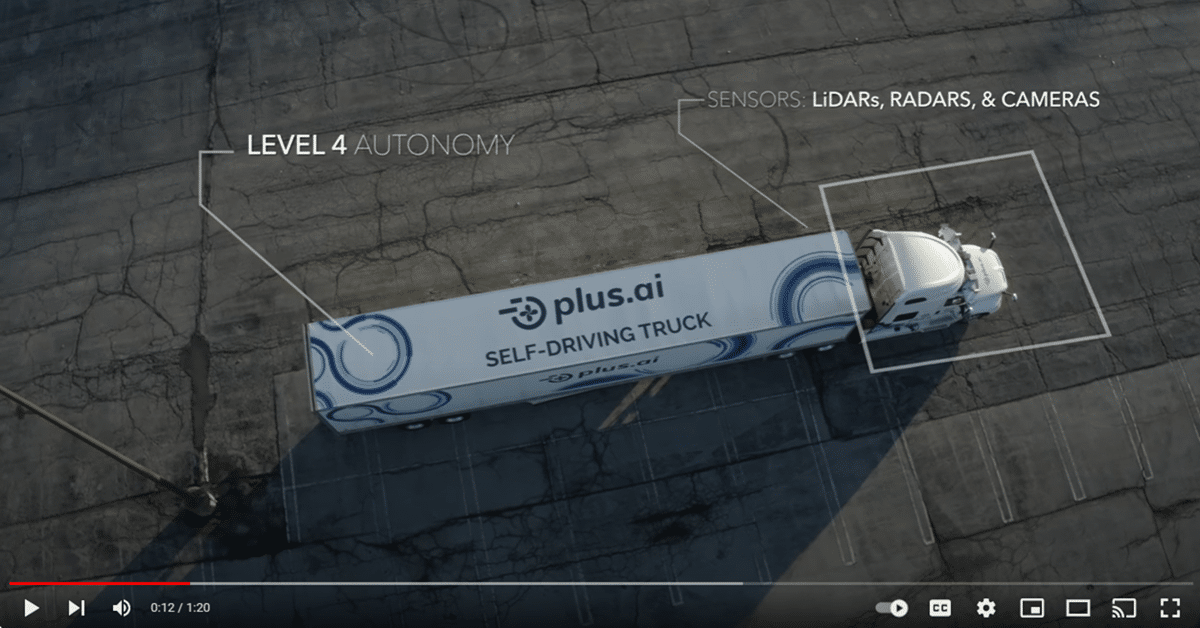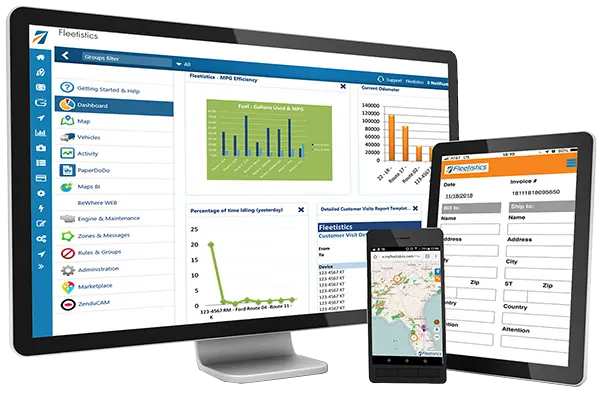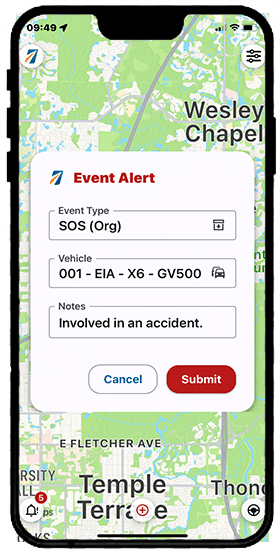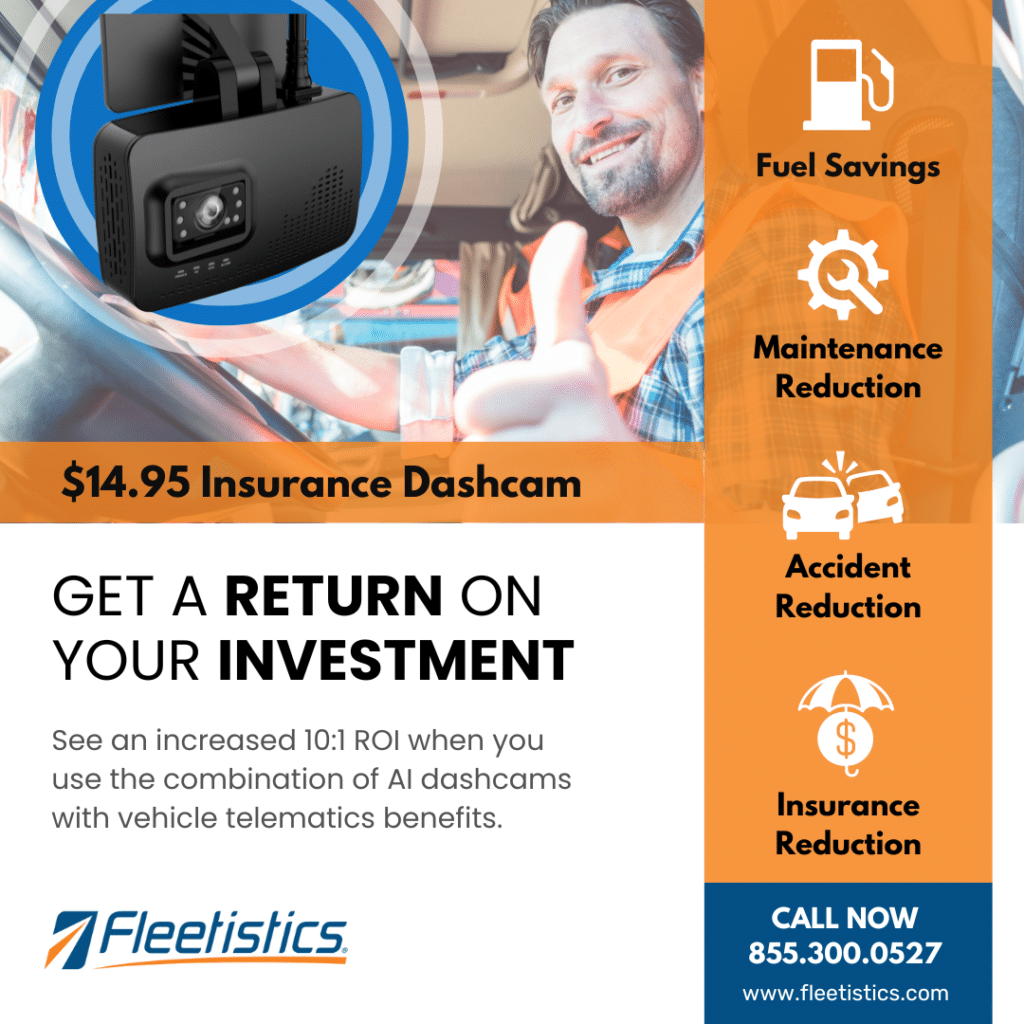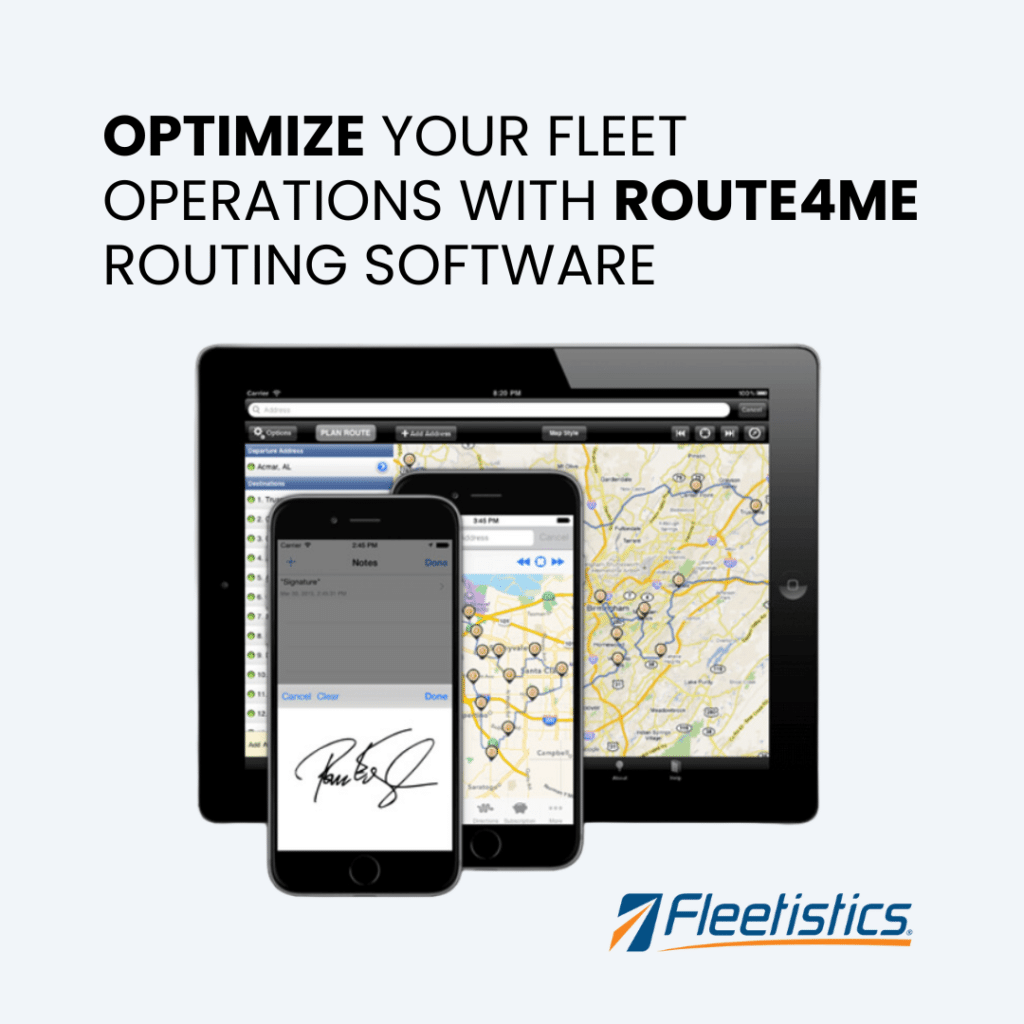Are we ready for autonomous driving technology?
Autonomous driving using AI and robotics has received a lot of press lately. Investors are funneling capital into new companies competing for the next big breakthrough. Some say as early as next year we could be sharing the roads with trucks employing this high tech! Put simply, having large trucks that drive themselves in the lane next to your small car or truck is a bit unsettling, but we have never had the option of holding back progress.
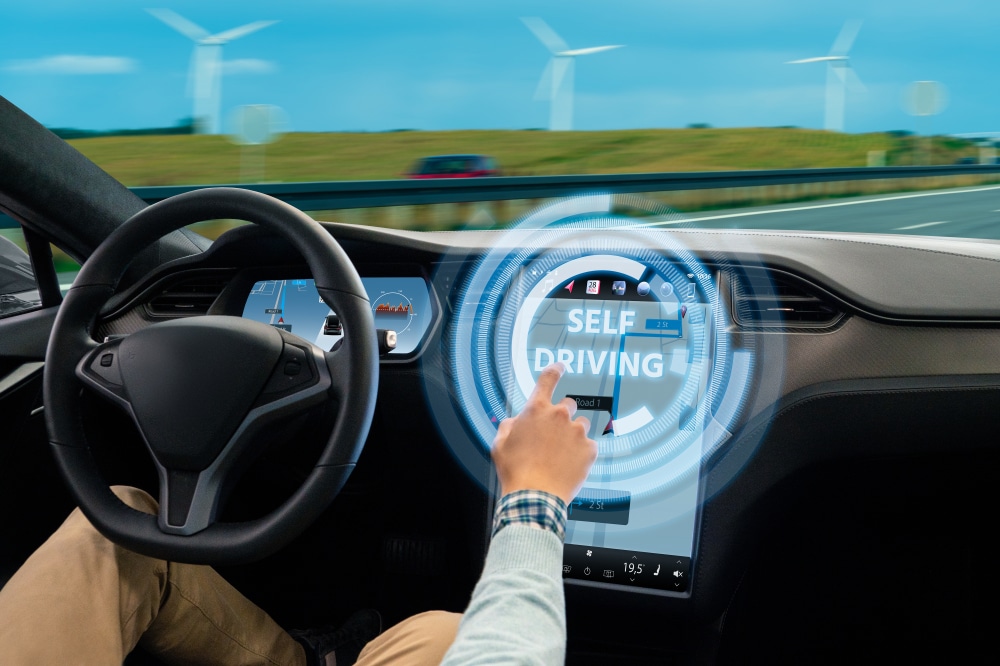
What could possibly go wrong?
First, and one of the biggest concerns noted by experts in the field of AI, is that the push is on for too much too fast. Will safety be sacrificed by the ones that get there first? The challenges are highly complex. For example, things that a human driver can easily compensate for such as a road sign with graffiti, mud, or snow on it, are more difficult for AI to interpret. With the potential for the limitless one-off situations that drivers routinely encounter, the task is huge to develop AI that can learn quickly enough to adapt to new situations presented to it.
Another concern of note is related to the laser technology used in many of the autonomous driving systems currently under development. It is commonly known as Lidar. Lidar employs laser beams to see the vehicles surroundings. The wavelengths used are already restricted in the US to prevent potential human eye damage. Additionally, they can cause damage to some types of camera sensors. As we pack more electronics onto more vehicles, there is the potential for the tech on one vehicle to damage or disable the tech on another.
Finally, there are concerns about what the future will be for professional truckers. For at least the short term, the consensus is that a driver to observe and intervene if necessary would still be needed in autonomous vehicles. This is making the field more attractive to women and may actually have a positive impact on current driver shortages. Ultimately, the point of autonomous vehicles is to remove the driver entirely. How drivers use their resources and experience in the cab working alongside AI may well determine their future in the industry.
Plus’s Self-Driving Truck Completes Industry’s First Cross-Country Commercial Freight Run Posted 12/10/2019
Update March 12, 2024, Traton, Plus Team up on Autonomous Driving Trucks
HDT Trucking shared today that “The Traton Group and Plus have announced a global partnership aimed at hastening the adoption of Level 4 fully autonomous trucks and plan to bring the technology to market before the end of the decade.”
Where does that leave us?
At this point, we still have more questions than answers and many legitimate concerns. Still, sharing the road with autonomous driving vehicles is closer than we might have imagined. It is prudent for all of us human drivers to be safe drivers, rather than being the ones to test the limits of this new technology and finding its flaws the hard way. Dashcams may also prove to be essential in the event of a collision with a drverless vehicle.


